Manufacture de Locré, blue underglazed mark
Hard porcelain teapot
Gold-embellished base and painted frieze
Dimensions: H. 16.5; total W. 18 (cm.)
Paris, circa 1810
A rare flared teapot with a zoomorphic handle and spout. The entire piece is decorated with a frieze of flowers, a similar execution of which can be seen on a vase illustrated in "Trois siècles de porcelaine à Paris" by Michel Blois (see last picture).
The Manufacture de Locré under the Empire
Laurent Russinger, who ran the factory until the end of the 18th century, joined forces with Limoges-based kaolin merchant François Pouyat due to financial difficulties. Pouyat worked to develop the company's activities until 1810, when he sold it to his three sons, who continued to run it successfully until the Restoration. Pouyat and Russinger specialised in high-quality everyday items, mainly crockery and ornaments, but also biscuit groups.
Hard porcelain in Paris in the early 19th century
Unlike earthenware factories, porcelain factories flourished under the Empire, particularly in Paris. The period 1800-1820 can be considered the golden age of porcelain in Paris. There were nineteen porcelain factories in Paris in 1800, but only seven had been founded under the Ancien Régime: Dihl & Guérard, Houzel, Lemaire & Josse, Pouyat & Russinger, Schoelcher, Despréz & Nast, etc. In contrast to the last twenty years of the 18th century, which saw a shift from rocaille to antique simplicity, the first thirty years of the 19th century saw the opposite, a shift from antique sobriety to rococo.
Condition report: superb condition of the gold base with some wear, restoration and chip to the lid (which can be restored).


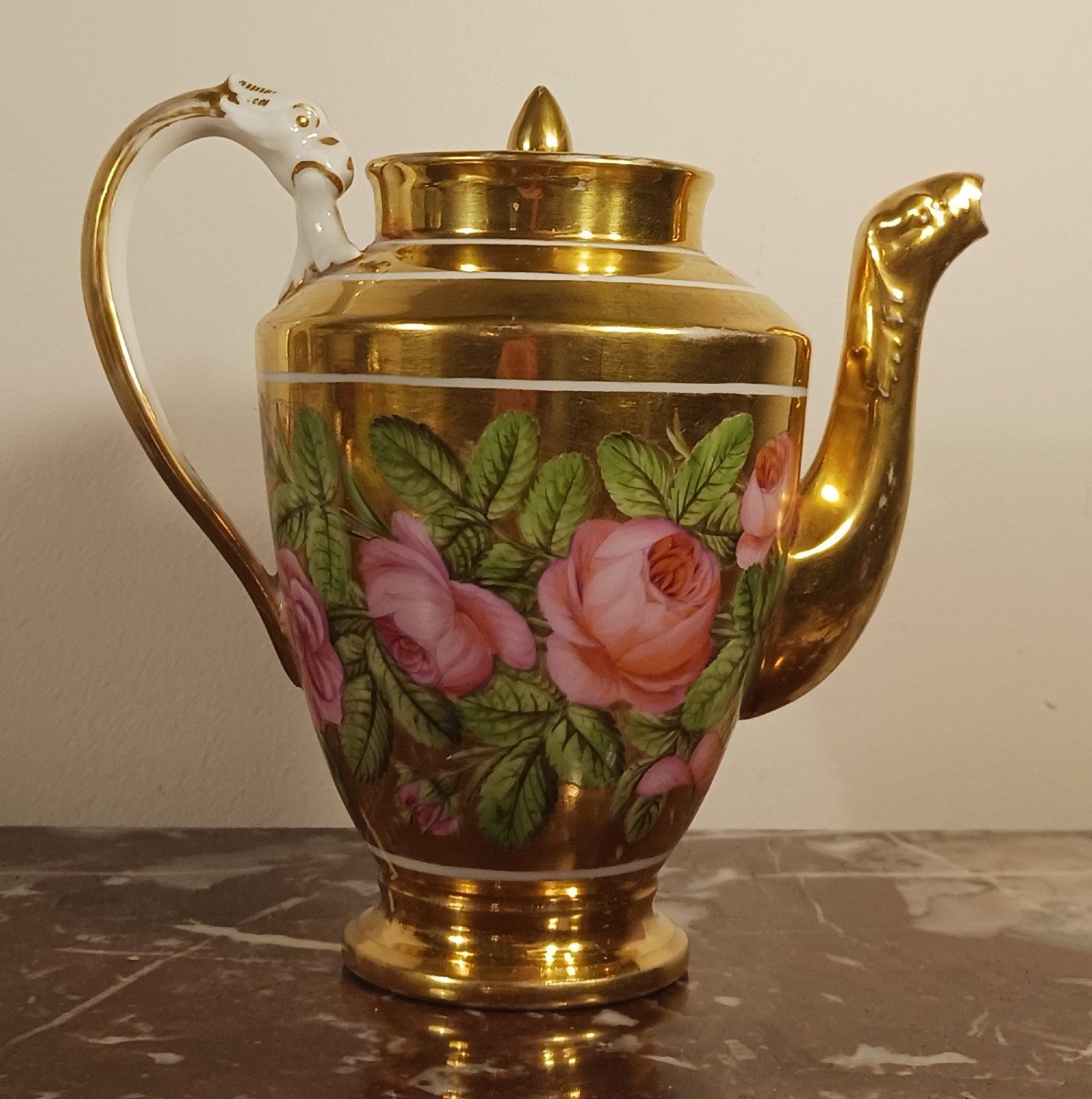
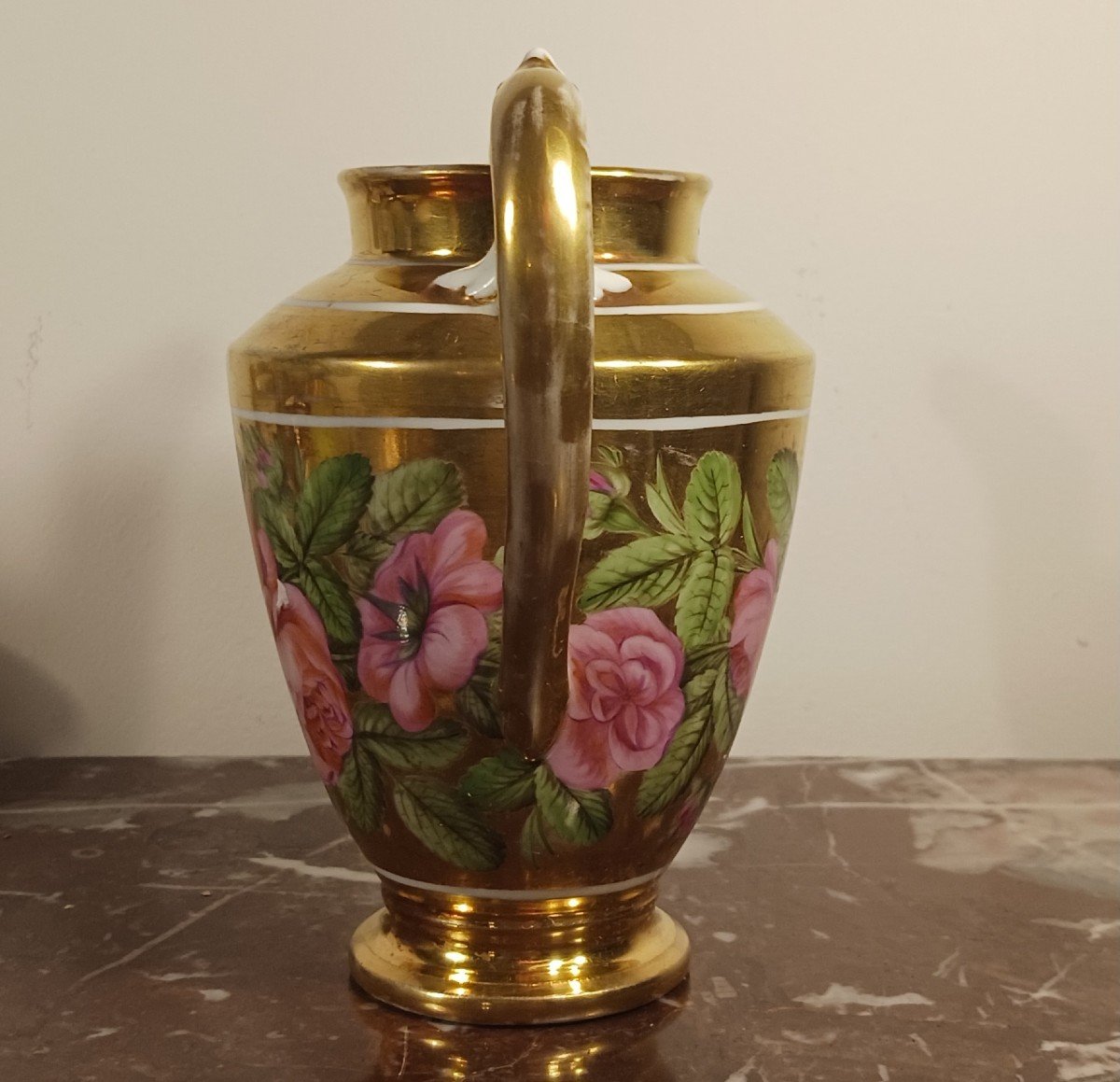

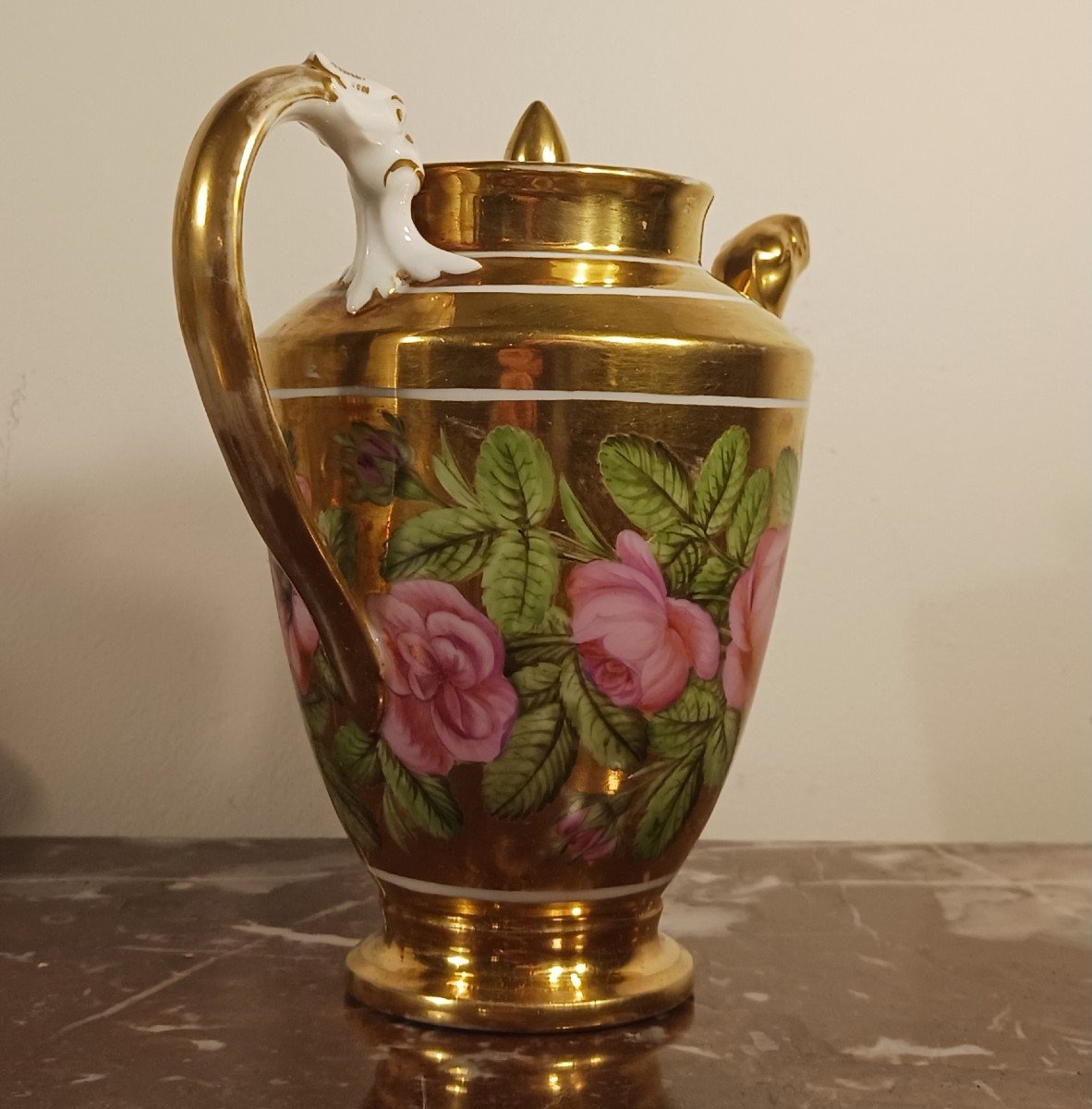
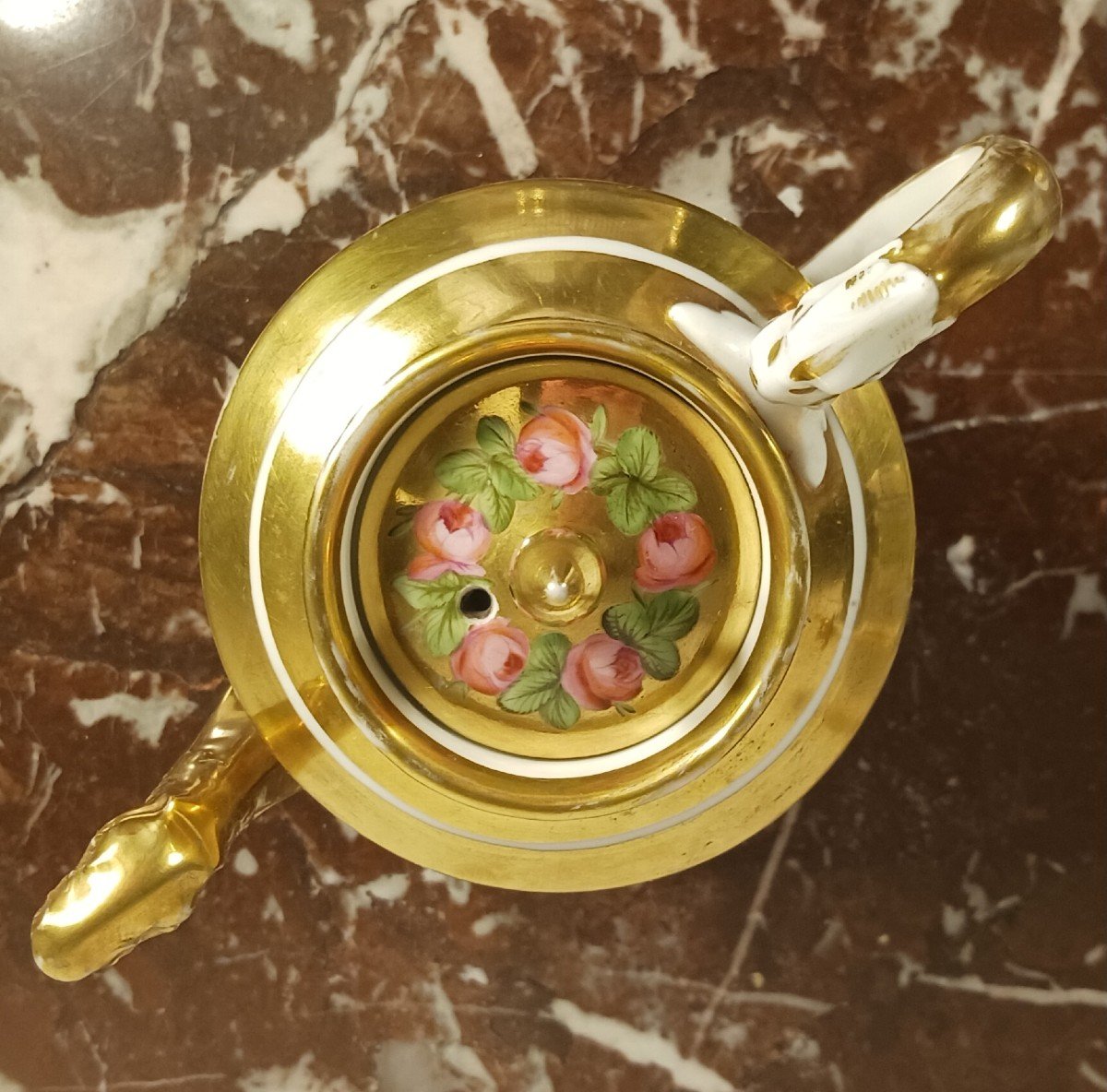
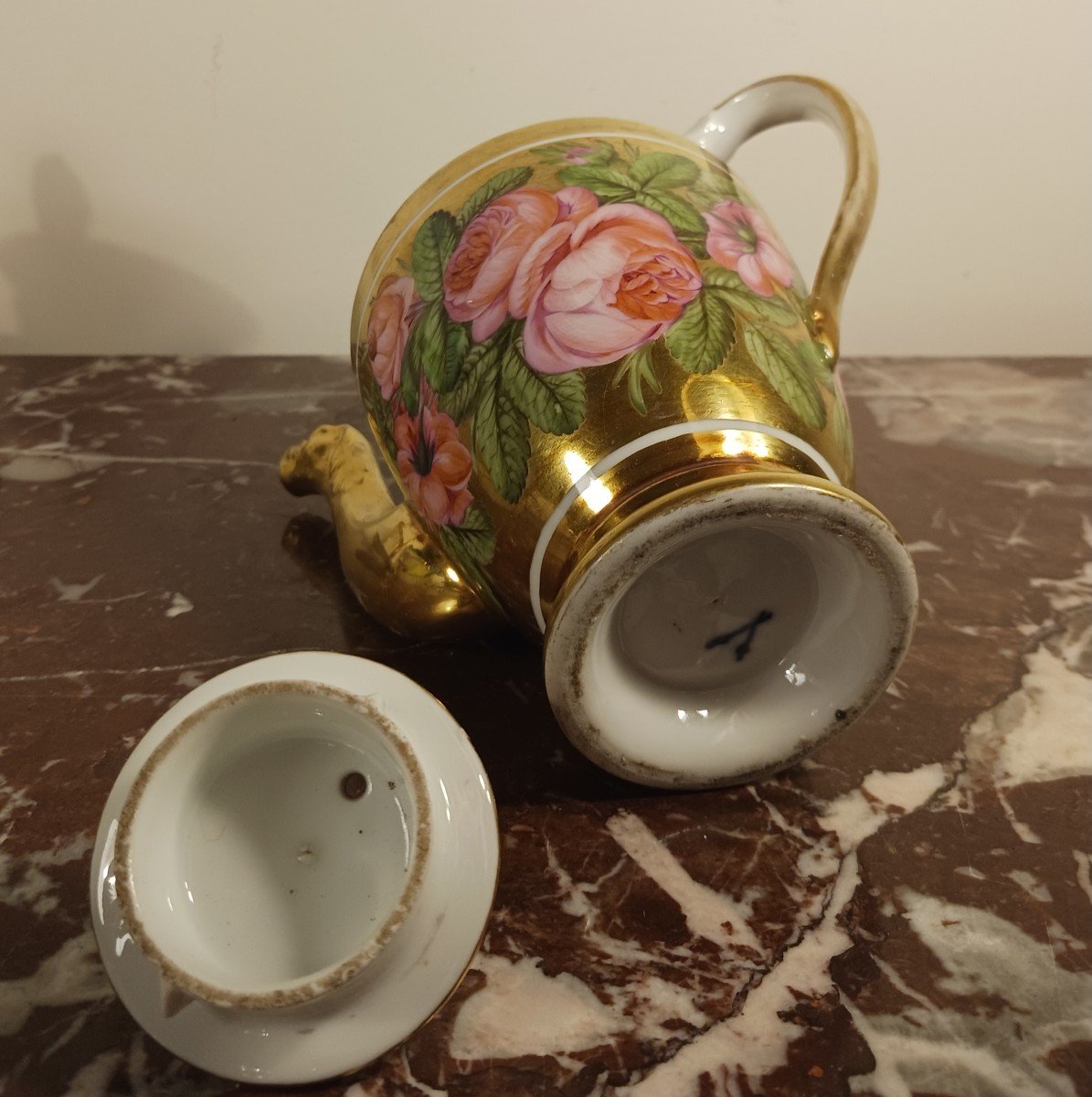
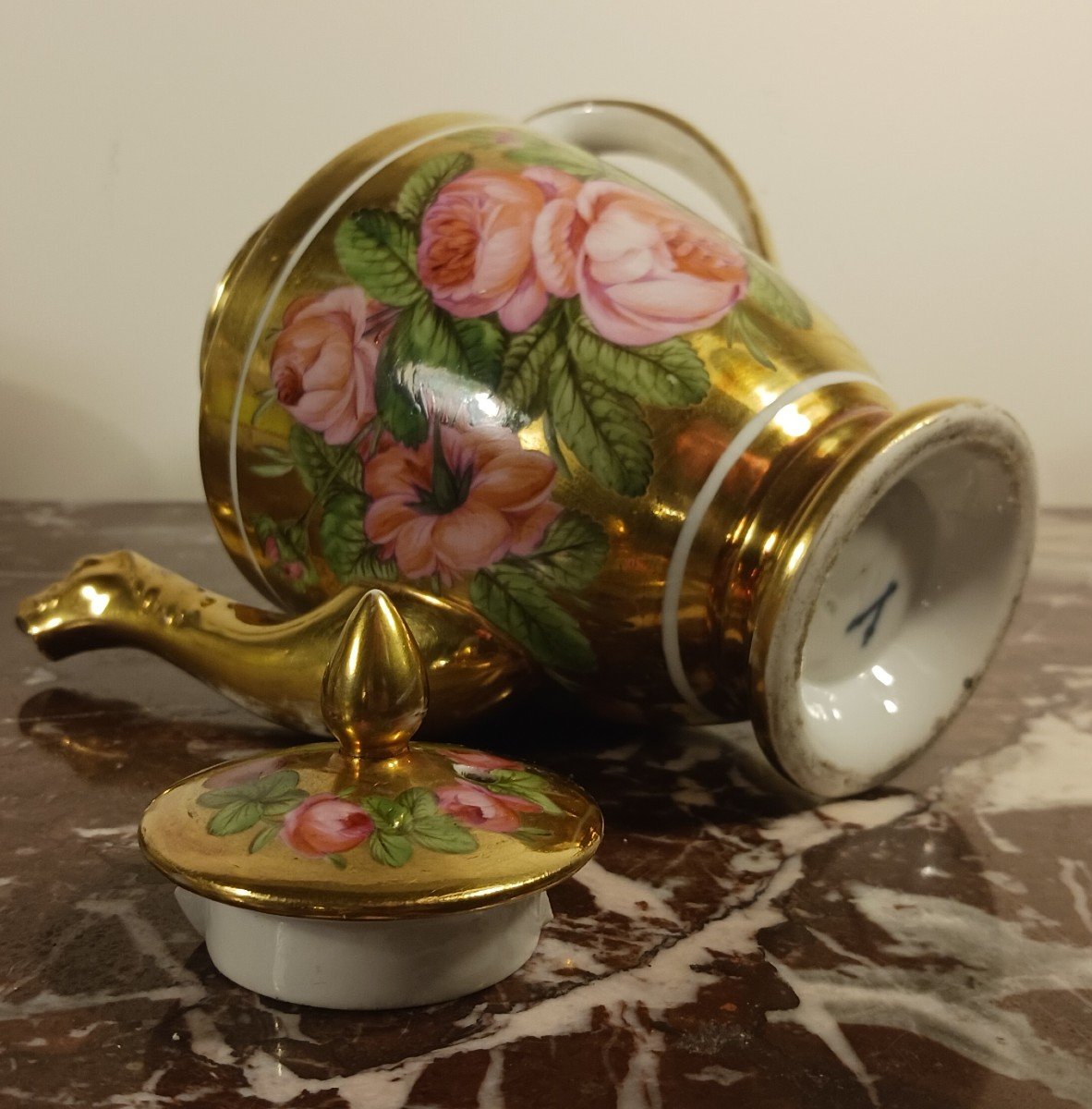
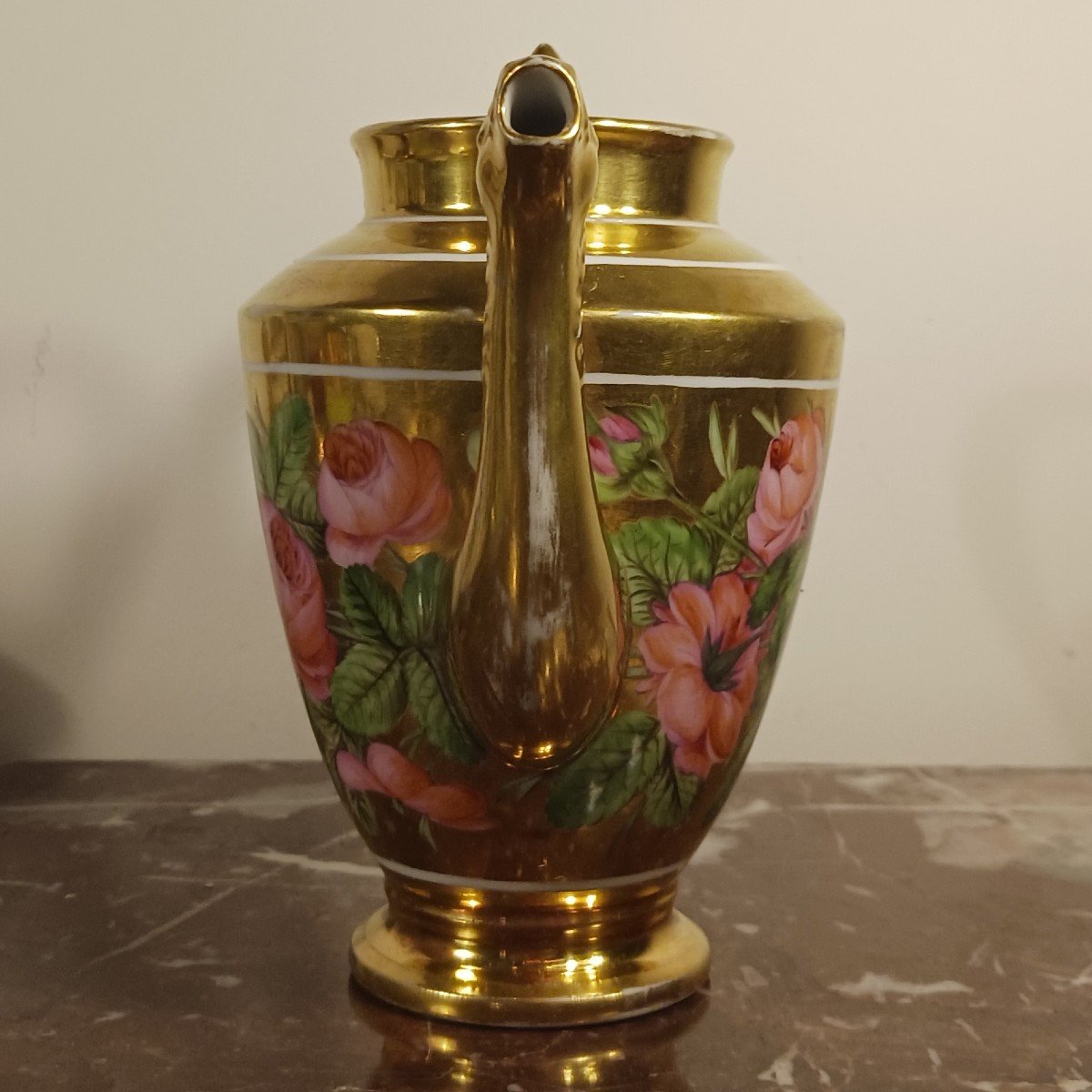
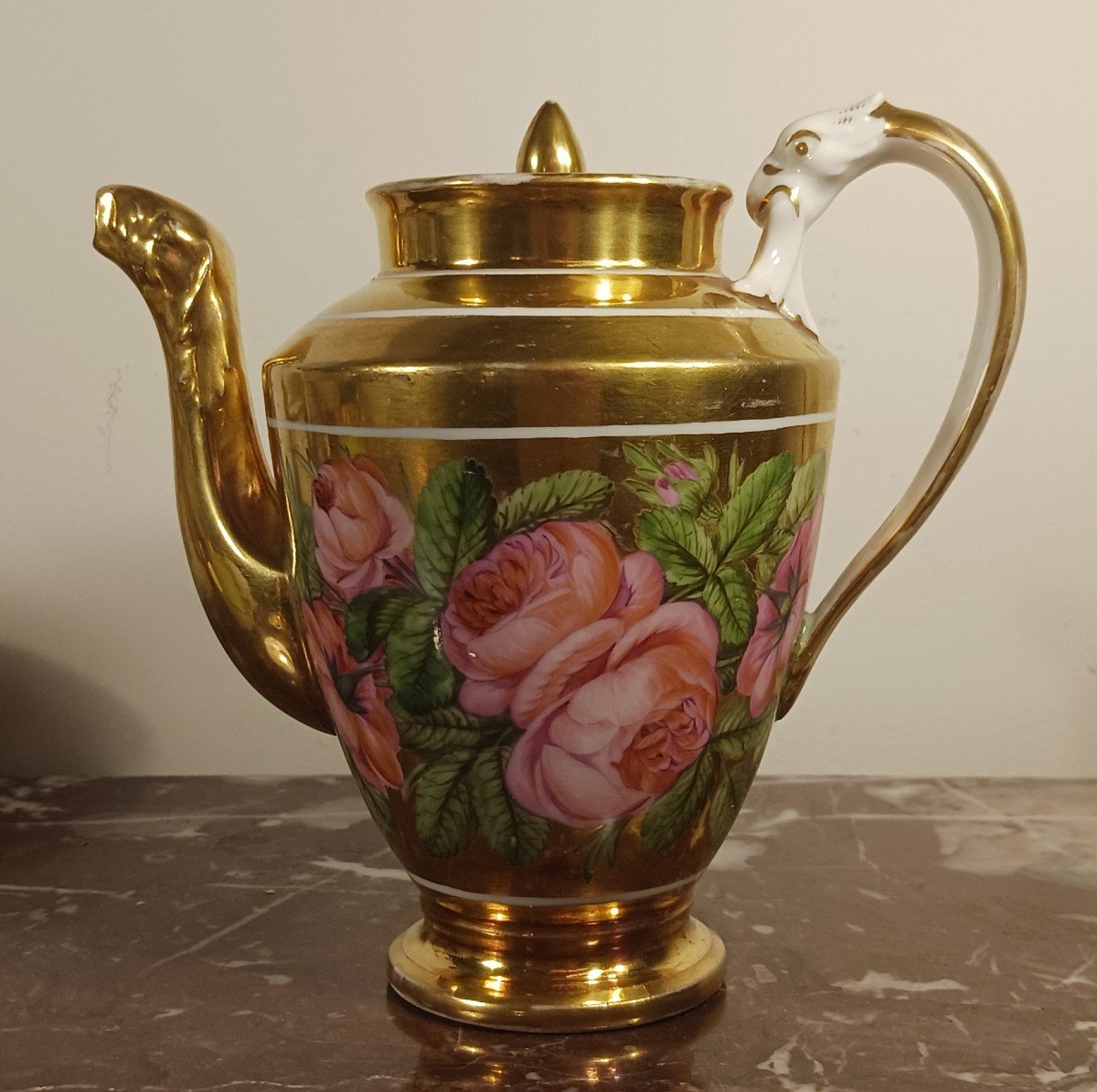
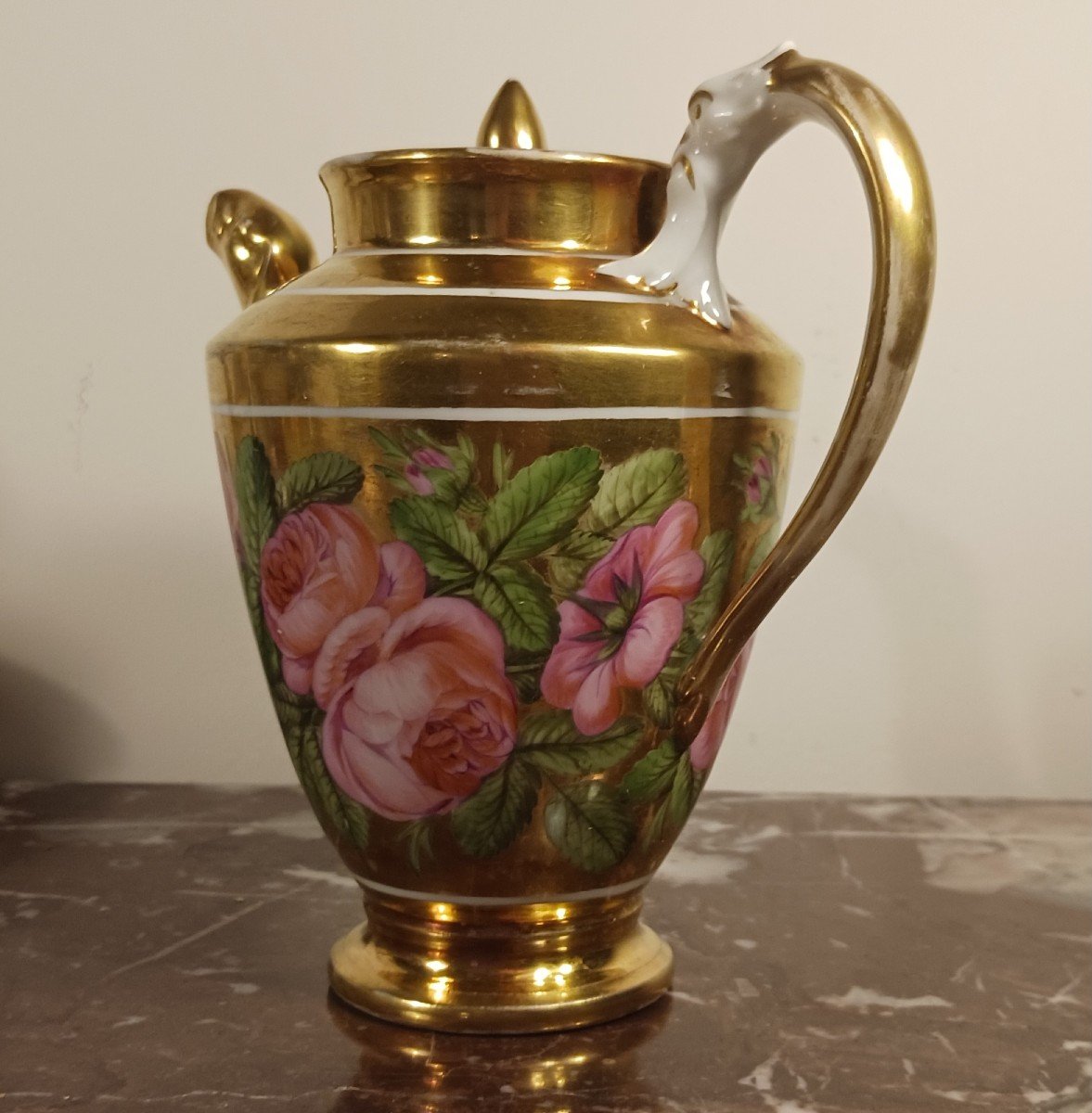
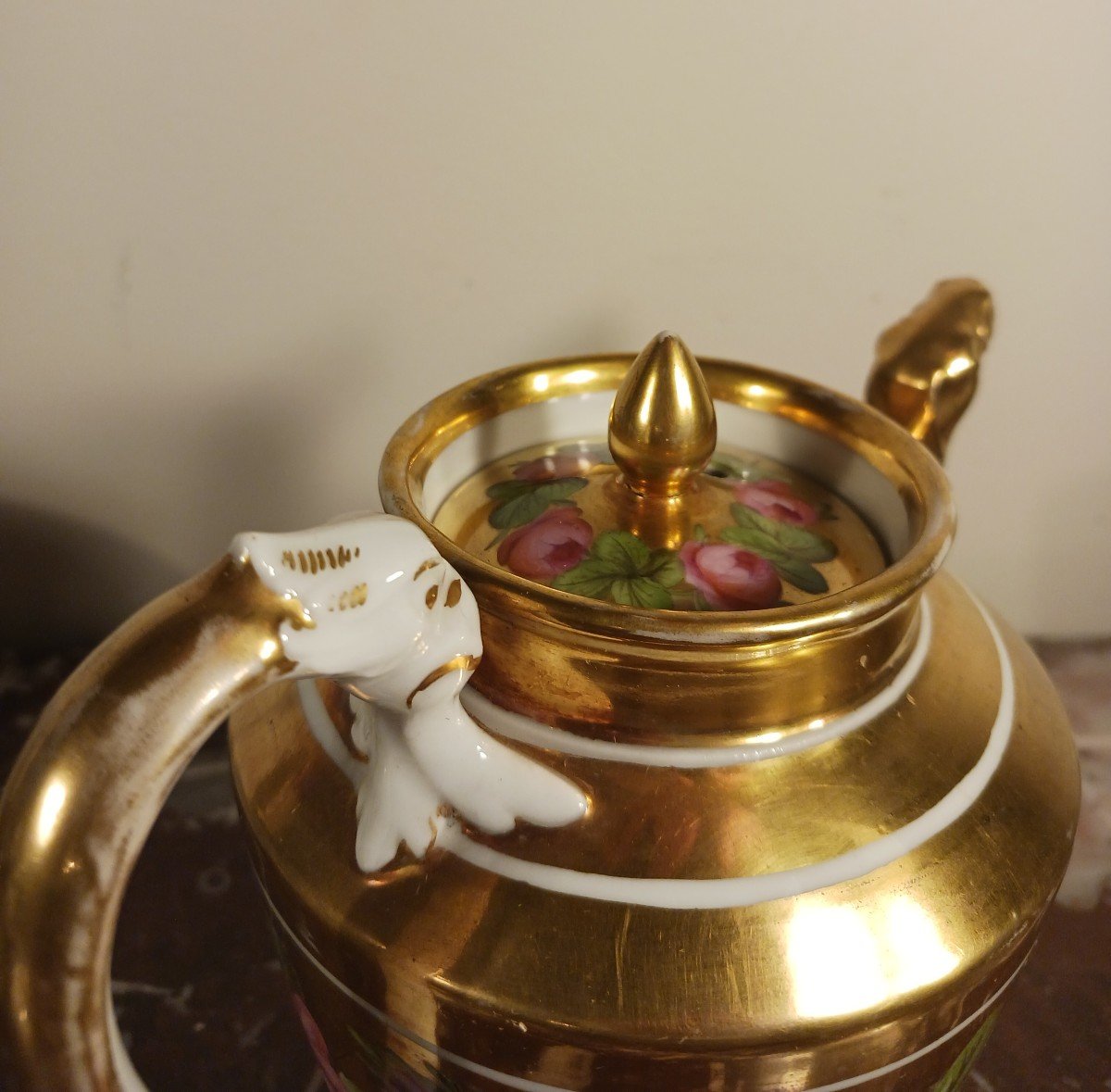
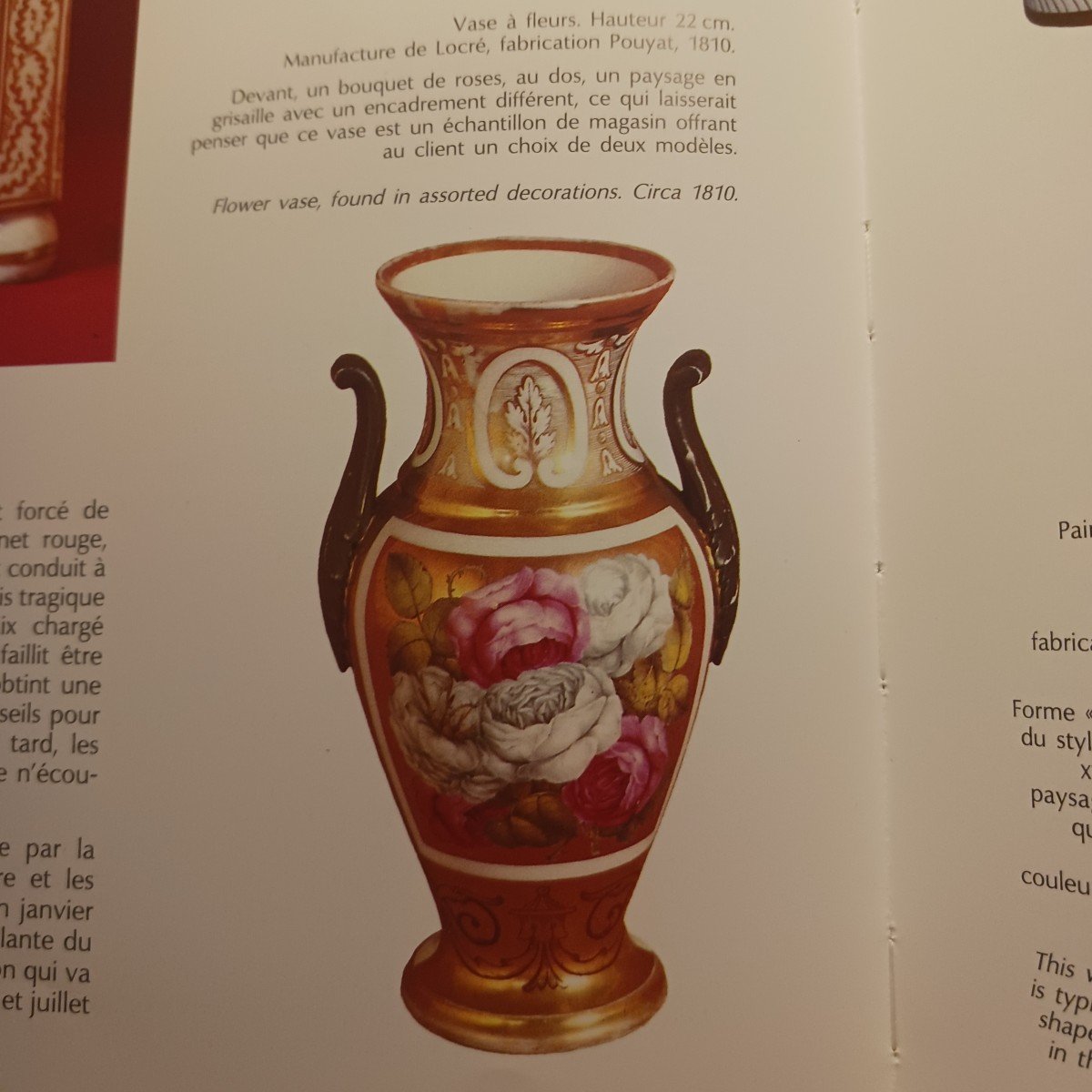



















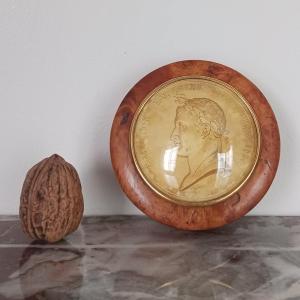

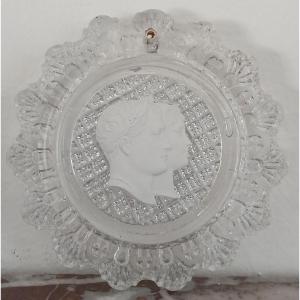
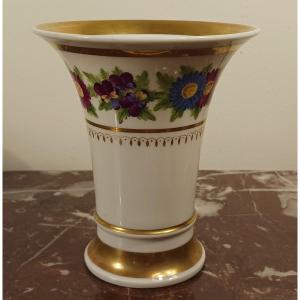
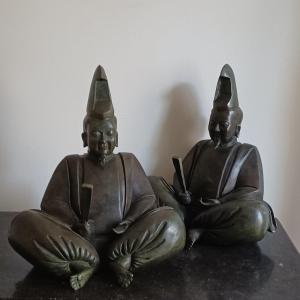
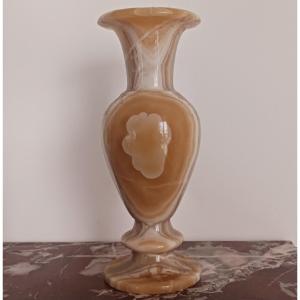
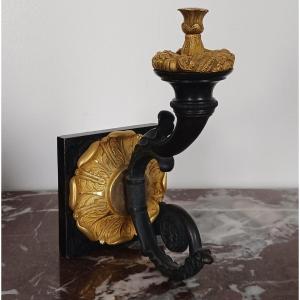


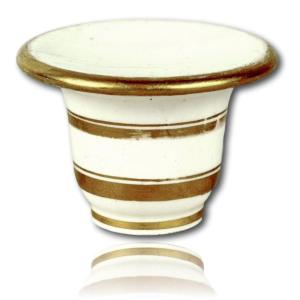
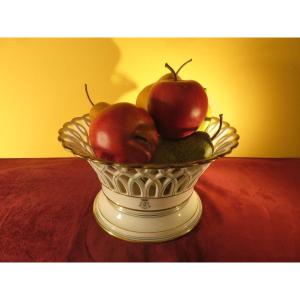

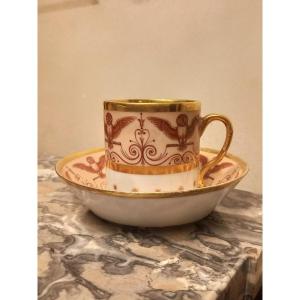
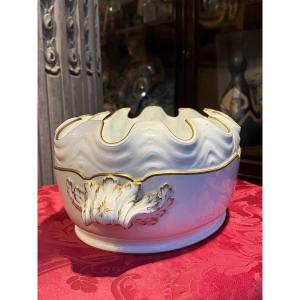



 Le Magazine de PROANTIC
Le Magazine de PROANTIC TRÉSORS Magazine
TRÉSORS Magazine Rivista Artiquariato
Rivista Artiquariato